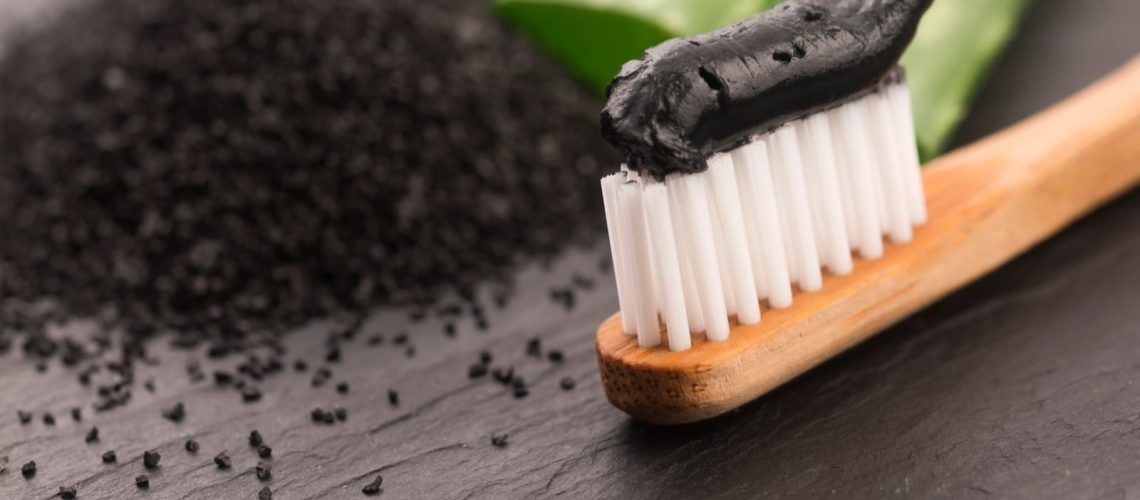The use of abrasive substances to clean our teeth has been around since ancient civilization – today, fluoride toothpaste isn’t the only option for cleaning our teeth. While the introduction of fluoride in the 1890s brought revolutionary standards to our cleaning habits, other ingredients such as xylitol and charcoal have become popular alternatives for brushing our teeth. But how do charcoal and xylitol compare to fluoride? With these products becoming a new standard for families everywhere, what options are best for families and individuals needing better oral products? Here’s our look into these products and what they can provide.
How Do These Ingredients Compare?
Early versions of toothpaste contained soap, charcoal, and chalks back in the 1850s, and they were originally powders that were mixed with water to create the foamy, abrasive texture that allowed people to clean their teeth. From there, the composition of toothpaste switched from powders to emulsions, and the removal of soap with the replacement of other ingredients allowed manufacturing companies to cater to those with tooth sensitivities and develop fluoride as a way to prevent tooth decay. Once fluoride was added, fluoride became a standard due to its anti-cavity properties, and its low abrasiveness allowed for people to protect their teeth from over-brushing.
Now, toothpaste today contains a variety of ingredients. However, cavities and gum disease are still considered to be relevant problems that even toothpaste can’t always solve, so the search for alternative ingredients has become a new trend to encourage better brushing. So, what do these ingredients have to offer? Here’s what we know:
- Fluoride: Fluoride remains the standard for today’s oral care due to how the fluoride molecules interact with the enamel. Fluoride is a natural mineral within our bones and teeth and because of its intrinsic likeness. Research from the CDC confirms that toothpaste that contains fluoride can reduce cavity development by 40% in children and 35% in adults. However, fluoride also has the ability to cause dental fluorosis. Dental fluorosis is caused by over-fluoridation, creating white spot lesions that can weaken the enamel and lead the teeth to become more prone to cavities.
- Charcoal: While its origins aren’t entirely new, the reemerging of charcoal in toothpaste has made it a highly popular trend. Charcoal’s abrasive substance allows it to absorb compounds and toxins, which can help remove stains in teeth without harming the enamel. However, research comparing the effectiveness of charcoal in its whitening abilities was concluded to be ineffective, but more dental research is required to truly understand its properties.
- Xylitol: This sugar alternative is non-carcinogenic, meaning that bacteria cannot feed on the sugars produced by this ingredient, causing the bacteria to die off within our mouths. Xylitol has become a more popular alternative for children due to its sweetness and anti-cavity properties. It is also a safer product for children because even if toothpaste is ingested, it won’t cause any harm. Xylitol has been proven to be an excellent alternative to fluoride because of its ability to prevent dental fluorosis.
Which Toothpaste is Best For Your Family
Each of these ingredients presents its own benefits and disadvantages, and the best way to find out which toothpaste will work with you is to speak with your dentist about your options. Choosing the right toothpaste depends on what you desire from your oral care, and your dentist will be able to offer the best dental solutions for you and your family.



